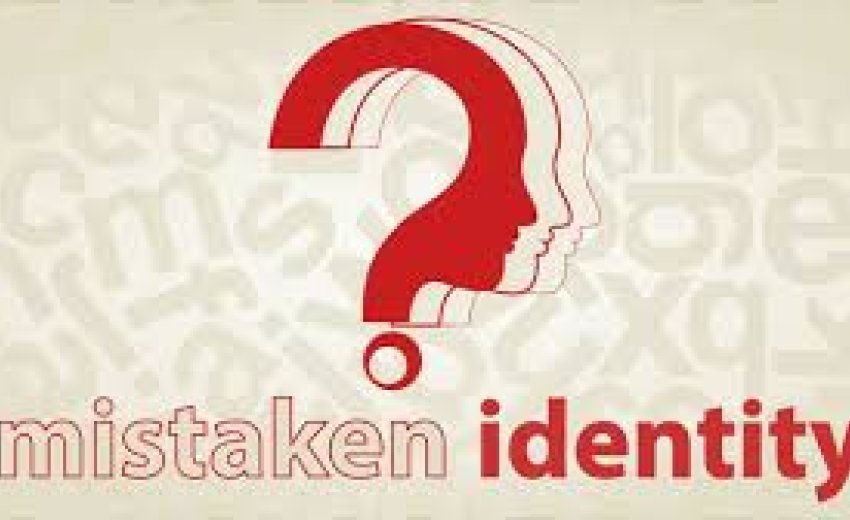 September 27, 2013: This past Saturday, a man that I look up to and respect deeply was attacked while going for a walk with a friend in Harlem. I met Dr. Prabhjot Singh, a professor at Columbia University, and his family this summer while I was interning in New York City. Although I was only there for a couple months, the love and compassion with which he and his wife treated me was moving. The two of them were always focused on giving back to the community, as well as accepting newcomers like myself into the community.
September 27, 2013: This past Saturday, a man that I look up to and respect deeply was attacked while going for a walk with a friend in Harlem. I met Dr. Prabhjot Singh, a professor at Columbia University, and his family this summer while I was interning in New York City. Although I was only there for a couple months, the love and compassion with which he and his wife treated me was moving. The two of them were always focused on giving back to the community, as well as accepting newcomers like myself into the community.
Dr. Singh is a follower of the Sikh faith and maintains his religiously mandated turban and beard. We can only assume that his attackers knew nothing about him or Sikhism. When they saw his turban and beard, they began to physically assault him, screaming taunts of “Osama” and “terrorist.”
Although Dr. Singh is quickly recovering from his injuries, the Sikh community has again been left hurt and confused. Hate crimes are nothing new for Sikh Americans, but the severity and the frequency with which they occur is incredibly worrisome. Furthermore, after these hate crimes occur, whether it be the shooting at a Wisconsin Sikh place of worship last year, an elderly Sikh man being beaten with a steel pipe in California in May, or the most recent attack on Dr. Singh, there is always one phrase that pops up to explain these attacks: “mistaken identity.”
The term “mistaken identity” is problematic. When a reporter says that an incident was a case of “mistaken identity,” they are suggesting the idea that someone else should have been attacked instead of a Sikh. Perhaps if their attacker understood that they were Sikh, and not Muslim, they would not have become violent. This clearly implies that there should be a victim of hate, just not the Sikh in question.
This idea is not only completely wrong, but also dangerous. By perpetuating the theme of “mistaken identity,” we do not question why people are driven to act out of hatred in the first place. Yes, there is a need for education about distinct identities so people in this country are aware and knowledgeable about their fellow Muslim and Sikh Americans. However, we are not asking the necessary question: why are so many Americans acting violently toward their neighbors and fellow citizens?
The question begs us to reevaluate the role of violence in our culture and what we can do to address it. It is possible for misunderstandings to occur, but we are seeing people so driven by either hate or fear of these identities that they physically act against people who hold them. In my experience as an advocate for the Sikh community, I know I can do an infinite amount of education and outreach work regarding the Sikh identity. But, things will not change significantly until people are willing to change their state of mind and cease being fearful or angry when they see a turban.
It is important to realize the system in which we are working before trying to fight issues of hate and discrimination. Writer and civil rights activist Audre Lorde understood this challenge when she said, “the master’s tools will never dismantle the master’s house.”
Right now, we are trying to combat hate and ignorance in a society that perpetuates it. As a Sikh, neither I nor my brother are allowed to serve in the United States military because it would require us to cut our hair and remove our turbans. There have been days when I have been reading an article about Al Qaeda or terrorism and noticed that the media outlet, even prominent ones such as CNN or ABC, had used a picture of Sikh men to depict Al Qaeda groups. Finally, our school systems do not even remotely touch on multicultural or diversity education, which would be a simple start in combating ignorance of minority identities. When the government, media, and school systems are not accepting of these identities, it is foolish to expect others to do so.
Until we start breaking down the culture of hate and fear that our society has created, we will not be able to educate or promote peaceful living amongst different communities. The first step is to be aware of the roots of violence in our communities and not find ways to excuse it as “mistaken.” Regardless of the target of a hate crime, it will always be a tragedy and harmful to at least one community. By cultivating a society that is aware and educated, it will be easier to understand the identities that people hold, even if they are different from our own. We must then create a positive environment of understanding and support, which will allow us to build a nation with less hate and more love.
Harleen Kaur is a junior at the University of Michigan, studying English with a minor in Community Action and Social Change. She works as a Volunteer Advocate for The Sikh Coalition and hopes to pursue a career serving various minority communities.

